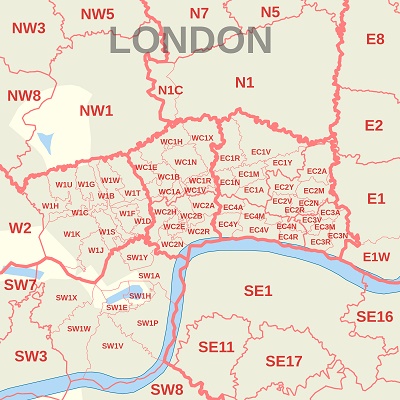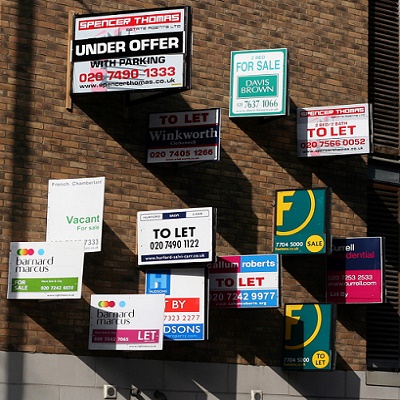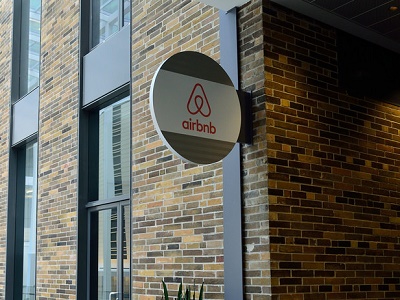
Consider the postcode for a moment. It's not just where you send your letters to, it's also an ideal. SW3 means living in luxury, NW1 brings to mind Camden's cool music scene, and E17 steers your thoughts towards...well, the 90s boyband who were the "edgier" alternative to Take That. Royal Mail even did a survey where they told us all about our habits depending on where we live.
A change to just one digit or letter of a postcode means thousands of pounds difference to the cost of a home. But it's not just about prices, it's also about the social standing - in other words the snobbery - that comes with it.
Londoners have been obsessed with postcodes for decades, if not centuries. Have you ever wondered why there are no NE or S postcodes? There actually used to be until the 1860s, however a Post Office surveyor found that these two districts alone did not generate enough mail traffic, so it was decided it would save money to absorb them into the neighbouring codes, whatever sense that might have made at the time.
Abolishing the NE code was a controversial move. It was merged with the E postcodes, which the locals found objectionable because they didn't want to be identified as east Londoners. Their claim was that this association was harming their business (not a hint of snobbishness there).
Skipping forward to 2005, the owner of a security firm in Ilford wanted to create a brand new E19 postcode, as he said the existing IG1 was confusing for customers. He claimed it made them assume his business was miles away from town. Ilford is in the borough of Redbridge, next door to Leystonstone's E11 and to muddle things further, Little Ilford's E12. His campaign however was unsuccessful.
What do you think a postcode says about its residents? Does it say anything at all? Leave us a comment on Twitter, Google+ or Facebook


